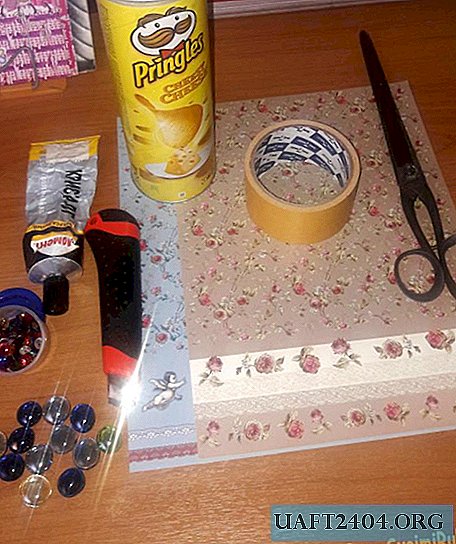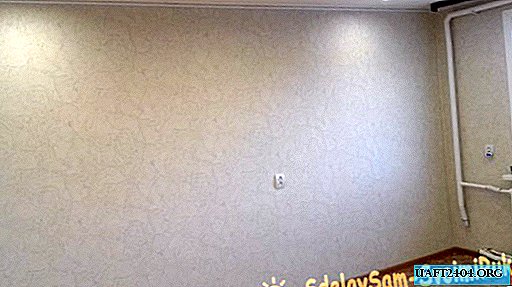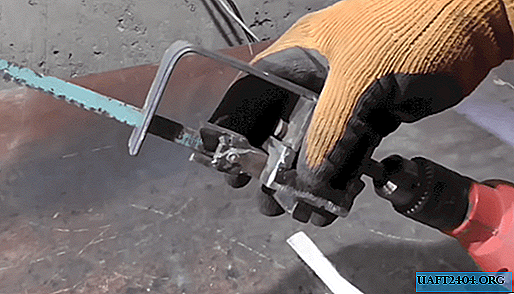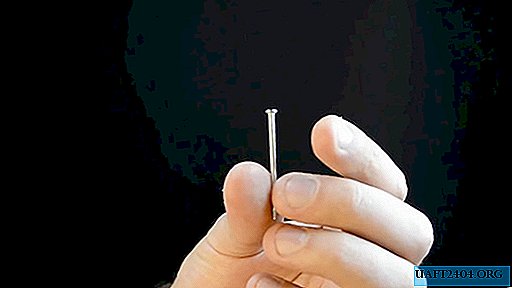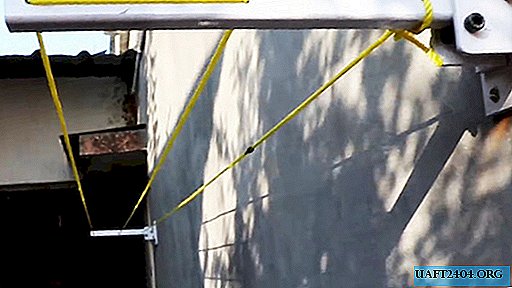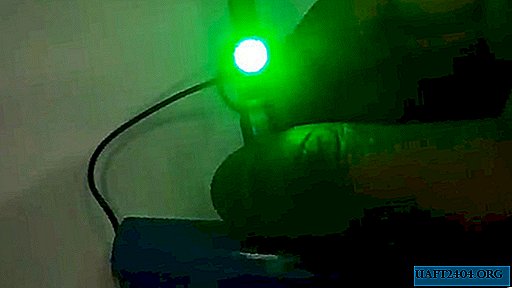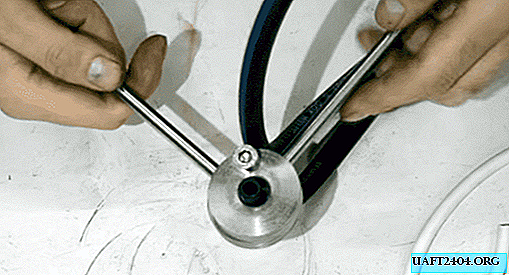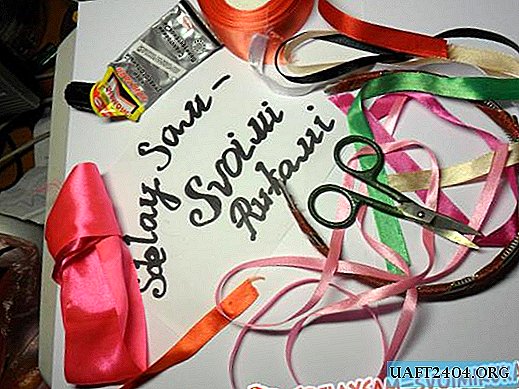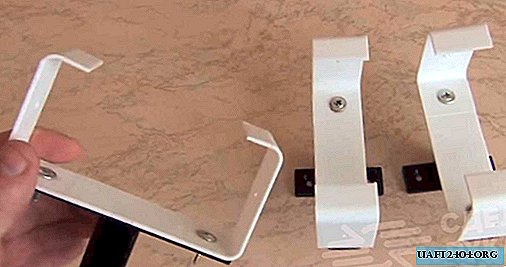Share
Pin
Tweet
Send
Share
Send
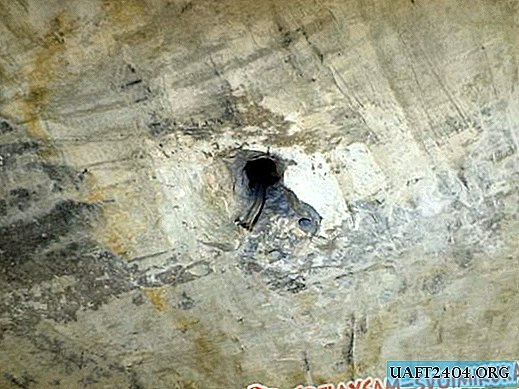
Now you need to determine the direction of the channel, since it can be non-perpendicular to the walls. To do this, drill control holes in the plate.

Having determined it, we find the place where the wire exits, it can be in the same room, or maybe in the next, but always next to the junction box, which should be looked for under the old stucco and wallpaper.

In a place where wires from different rooms and different lines converge, you need to find the right one. To do this, we de-energize the apartment, disconnect all twists or couplings and find the desired one with a sound. Then, as at the beginning of the work, we expand the hole in the plate and try to pull the wire from different ends in turn. With a certain amount of luck, he may immediately have slack, but you should not pull him out right away for joy. It is necessary to connect its end to the end of a new wire and carefully stretch this twist through the channel.
If it was not possible to immediately pull it out, you can increase the force with a tool, for example, pliers, sharply pulling the wire from one and the other end, but in this case you can overdo it, the old aluminum wires are quite fragile and you can just cut them off, then the further process is complicated. Therefore, you should not rush, you must firmly connect the end of the old wiring with a piece of any wire on both sides and try to pull it out without sudden jerks. The channels in the slabs are quite large in diameter, but can be clogged with construction debris or mortar that has got into them, so it is not always possible to pull out. If this happens, go to the next step, try to extend the guide probe. The material for it should be sufficiently rigid, but flexible. When faced with an obstacle, the soft one will bend, while the hard one will find it difficult to give the desired direction. The best option is a cable in the shell for cleaning the sewer, it is quite flexible to change the direction of movement in the channel and will not doubt when meeting an obstacle. We introduce the end of the cable into one of the two holes and giving it the desired direction, we move forward.

When jamming, we do reciprocal - translational movements with simultaneous twist. If the channel is not clogged tightly with a solution, then everything will turn out. Then we firmly attach a new wire to the cable, making the streamlined twist, without protruding corners, and stretch it through the channel.

If it happens that the void is not passable, you can use the neighboring one, finding it by trial drilling of the floor panel at a distance of 15 - 20 cm from the old hole. But this is acceptable when the slab is hollow and has several voids, but if it is monolithic with one special channel for wiring, then this option will not work and it remains only to maintain an external line that is not welcomed by SNiP or make a suspended ceiling.
Share
Pin
Tweet
Send
Share
Send

